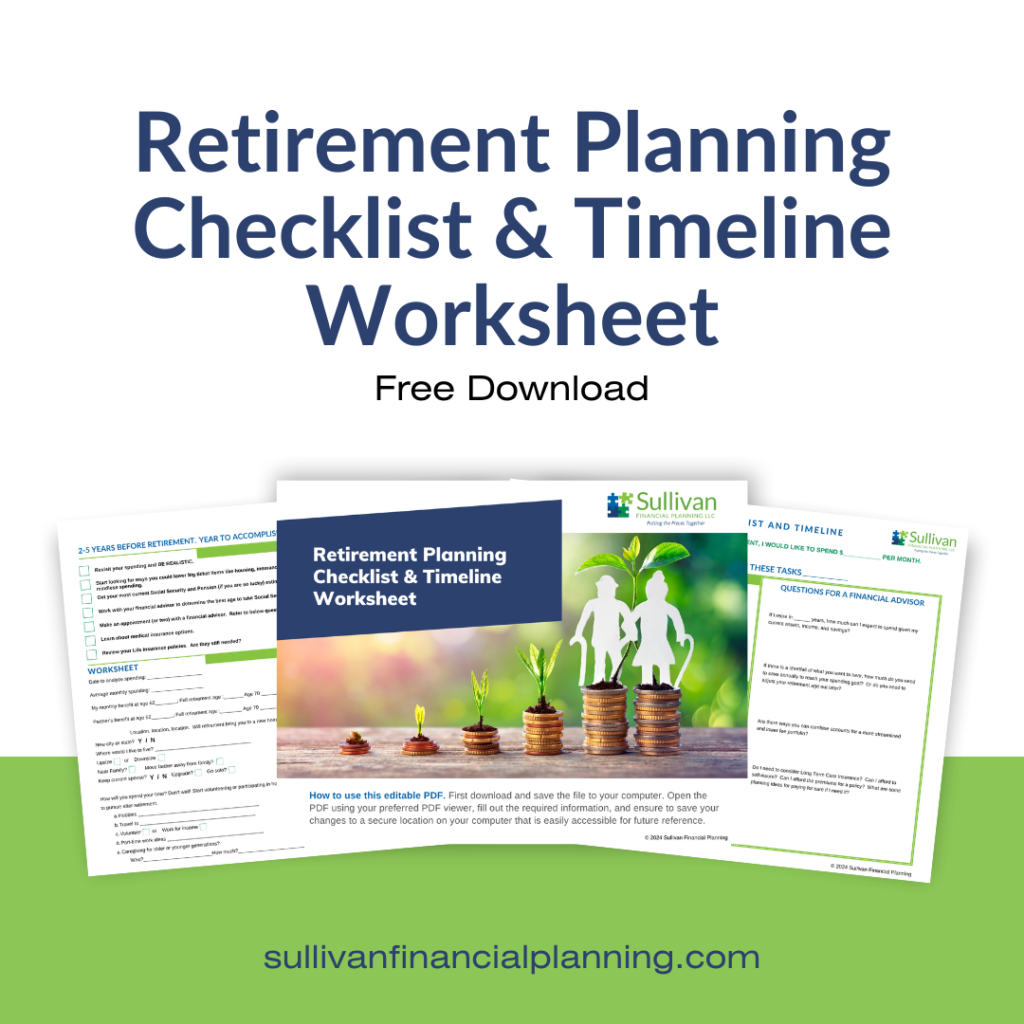After many years of low inflation, starting in 2021 I Bonds began having their moment. So, here is a primer on how I Bonds work (today’s blog) and how you might use them in your portfolio (next week – that’s right, a two-part cliffhanger blog!)
I Bonds are a type of U.S. Treasury savings bond designed to protect you from inflation. They come with a fixed interest rate plus an inflation rate that adjusts every six months.
So, when the cost of your morning coffee skyrockets, your I Bonds will at least help you keep up. Here’s how it works:
I Bonds earn interest in two parts: a fixed rate and an inflation rate.
- Fixed Rate: This part stays the same for the life of the bond. It’s like a steady paycheck that doesn’t change, no matter what.
- Inflation Rate: This part changes every six months, based on the inflation rate. Think of it like a cost-of-living raise that you get twice a year.
Important Note: The rate advertised when you buy your I Bonds is NOT guaranteed for the entire term of holding the bond.
Every six months (in May and November), the U.S. Treasury looks at how much prices have gone up or down. They use this information to adjust the inflation rate of your I Bonds.
For example, suppose you bought an I Bond with a fixed rate of 1% and the current inflation rate is 2%. Your initial combined rate is 3% (1% fixed + 2% inflation).
- First Six Months: Your interest rate is 3% (1% fixed + 2% inflation).
- Next Six Months: If inflation drops to 1%, your new rate is 2% (1% fixed + 1% inflation).
- Following Six Months: If inflation rises to 3%, your rate becomes 4% (1% fixed + 3% inflation).
Of course, no investment is without its quirks. For starters, you can only buy up to $10,000 worth of I Bonds per year electronically (plus an extra $5,000 if you use your tax refund). Also, there are holding periods to keep in mind:
- 1 Year Minimum: You must hold an I Bond for at least one year. You can’t cash it out before this period.
- Before 5 Years: If you cash out an I Bond before five years, you will lose the last three months of interest. For example, if you cash out at 18 months, you only get 15 months’ worth of interest.
- 5 Years or More: After holding the I Bond for five years, you can cash it out without any penalties. This makes five years a critical milestone:
Before 5 Years: Subject to a three-month interest penalty.
After 5 Years: No penalty, and you keep all accrued interest.
- Up to 30 Years: I Bonds continue to earn interest for up to 30 years. If you don’t need the money, keeping the bond for a longer time can be beneficial because:
Interest: Earned monthly and compounded semiannually.
Inflation Protection: Continues to adjust with inflation, helping maintain purchasing power.
Stay tuned next week for some ideas of how to use I Bonds in your portfolio or as a boost to your emergency fund.



